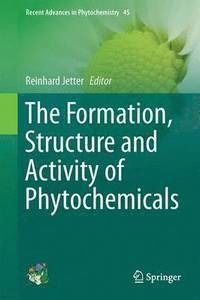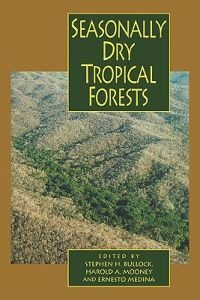
Liknande böcker
Identification of Lichen Substances
Bok av S. Huneck
Saxony, Germany, died 1917 at Feuerbach near 1. 1 Stuttgart), who published 18 papers on lichen Short History of the Study substances in the period between 1861 and 1905 of Lichen Substances and wrote an article on Flechtenstoffe in the Lichens - symbiotic organisms of fungi and 1912 edition of Abderhalden's Biochemisches Handlexikon. algae - contain a great number of organic compounds, the so-called lichen substances The lichen substances first known in their structure were vulpinic acid (Spiegel 1883) and which are more or less typical of this group of cryptogames. The lichen substances com- prise quite different classes of compounds like amino acid derivatives, sugar alcohols, aliphatic acids, 'Y-, 0- and macrocyclic lactones, mono cyclic aromatic compounds, quinones, chromones, xanthones, dibenzofuranes, de- psides, depsidones, depsones, terpenoids, ste- roids and carotenoids. This multitude of compounds made the study of their chemistry attractive from the early times of organic chem- istry. Bebert (1831) isolated vulpinic acid in 1831, Alms (1832) picrolichenic acid in 1832, and Knop (1844) usnic acid in 1844. Gmelin (1858) published a review on lichen substances already in 1858. The classical period of lichen chemistry is connected with two names: W. Zopf and O. Hesse. W. Zopf (Fig. 1) was a botanist (born 1846 at Ro:Bleben, Thuringia, Germany, died 1909 at Miinster/Westfalen) and published a series of papers on lichen substances which he summarized in the well-known book Die Flechtenstoffe in chemischer, botanischer, pharmakologischer und technischer Beziehung, published in 1907.







